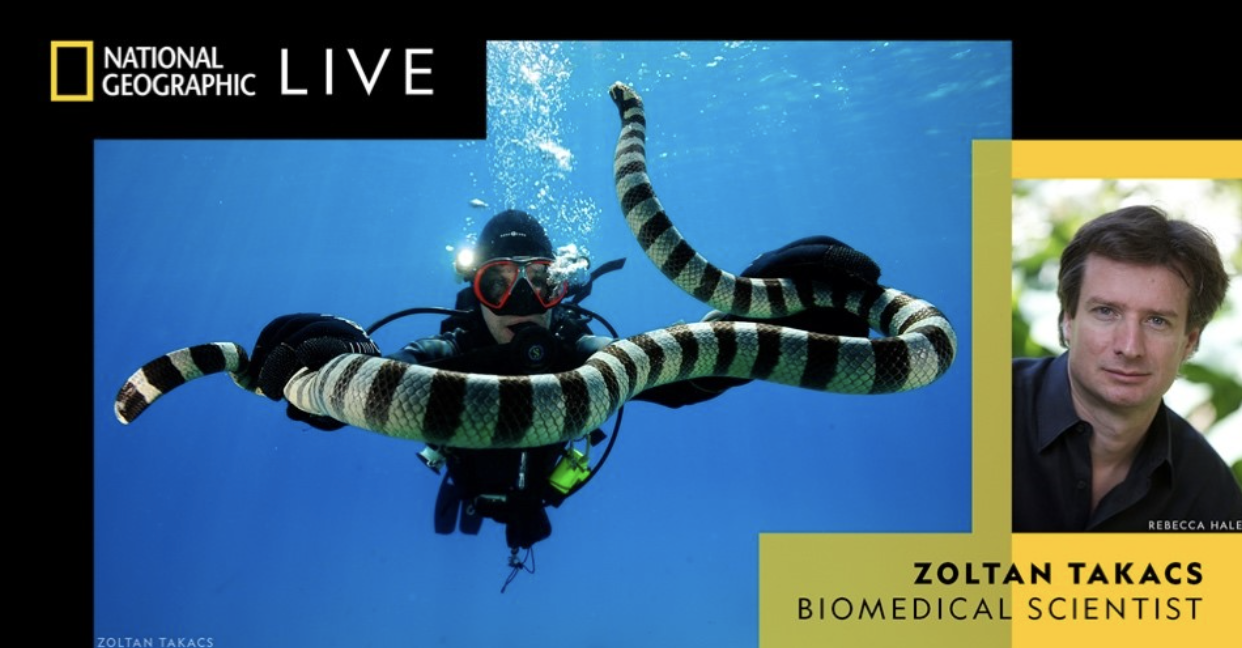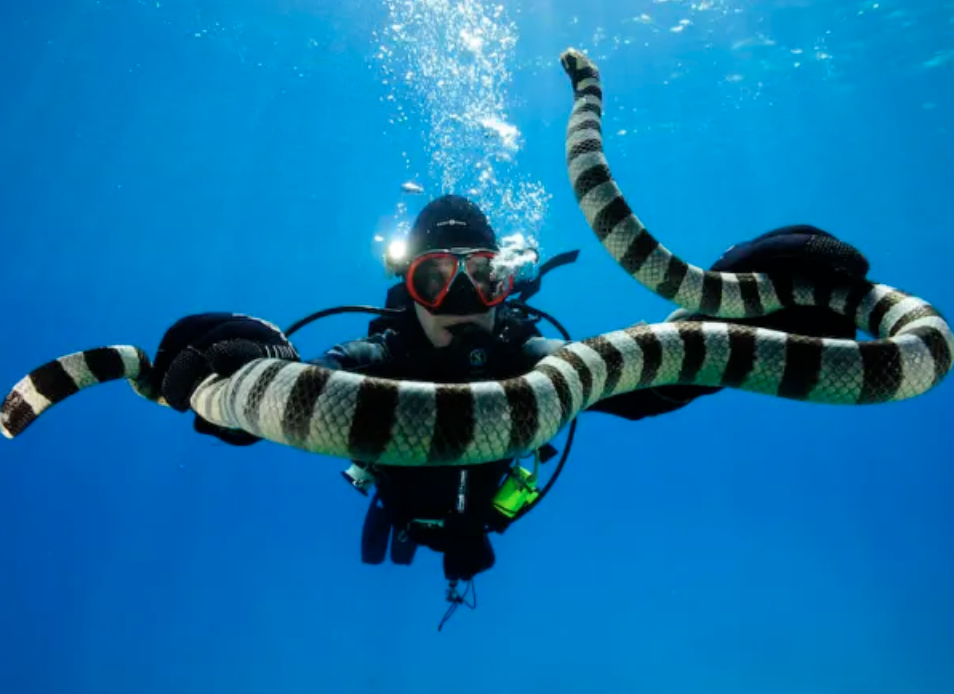
By: Maurilio Tapia
Biomedical scientist and adventurer Zoltan Takacs has been researching, publishing and lecturing about the world of venomous creatures for most of his life. Takacs is highly aware of the contradictory nature of venom – a substance that is both deadly and lifesaving. Renowned for his work with the curative properties of venom, Takacs will take the audience on a journey examining the danger of working firsthand with such a potent substance while illuminating the remarkable medical opportunities it presents.
National Geographic Live brings you behind-the-scenes stories, unforgettable imagery and gripping footage from world-renowned photographers, scientists, writers, filmmakers and adventurers.
The Robert and Judi Newman Center for the Performing Arts at the University of Denver proudly presents National Geographic Live – Nature to Medicine: Deadliest Lifesavers with Zoltan Takacs on Thursday, April 27 at 7:30 p.m. in the June Swaner Gates Concert Hall. Buy tickets here.
The presentation is co-presented by the Denver Museum of Nature and Science.
We asked Dr. Takacs a few questions about his career and adventures.
Q&A with Zolton Takacs

What is your connection to National Geographic, and how did you get involved with National Geographic Live?
It goes back to my childhood, of course. Growing up in Hungary, being passionate about nature and exotic places, I learned English from reading National Geographic Magazine articles. Fast forward 15 years, and I was piloting a Cessna loaded with a TV crew plus a basket full of spitting cobras in East Africa, my very first National Geographic project.
Over the years, from Congo to Fiji, we did several TV shows, magazine articles and National Geographic supported expeditions. Meanwhile, I became an emerging explorer with the National Geographic Society. Anywhere in the world, mentioning the National Geographic name will always bring a smile to people's face. It’s an honor to be part of the family.
After I promised to not show up with live snakes to my talks, National Geographic Live enlisted me as a speaker, talking about everything from nature to medicine. I've been able to lecture widely from Texas to Saudi Arabia.
If you had to pick one aspect of your work that you find the most interesting, which would it be and why?
Constant problem solving, be it in the field or in the lab. While there are problems I would be happy to do without, the ones that are worth it to pursue make life beautiful and interesting.
Look up "Tibesti" in the Sahara or imagine 1 million toxins in a test tube. Getting there, testing such a library of molecules are quite a challenge but if solved, the results are extremely rewarding.
What is the most unique experience of your career?
- Snake bites and venom spat on my face (my mistakes!), along with the resulting allergy to venom and antivenom.
- Traveling to 200+ countries and territories for work, pleasure, or by accident (I typed this while flying from Guinea to Iraq).
- Harnessing evolution's wisdom. Creating novel molecules (Designer Toxins) with therapeutic potential that never existed before.
What do you want people to take away from your National Geographic Live presentation?
Laughter and learn. Laugh at my mistakes in crossing paths with elephants or getting stranded in the Amazon and learn the immense potential of the natural wilderness for novel therapies.
Top medicines in use for heart attack, high blood pressure, diabetes, etc. are coming from the deadliest of the animal kingdom, yet there are millions of toxins remain unexplored in nature.
What advice would you give to the next generation or somebody who wants to do what you do/follow in your footsteps?
Embrace what you love doing in life the most and make it into your career. Keep an open, explorer mindset so the choice is solid, and you know where your expertise stands. Study hard, question everything, think big and out of the box.




